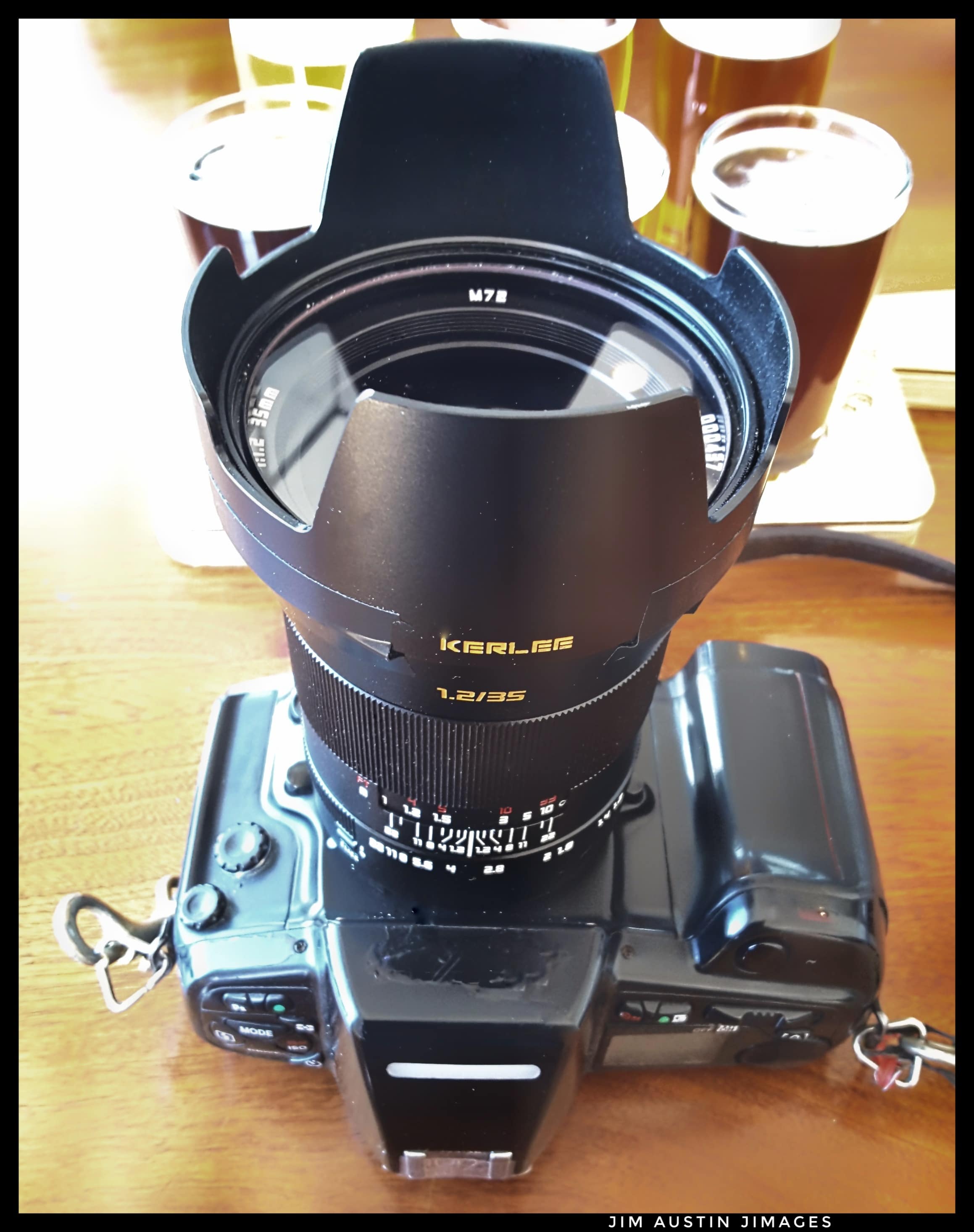
ARE YOU CRAZY―WHY USE FILM ?
Is it anachronistic to test a brand new lens on an older film camera instead of a digital camera? Possibly. All the same, I love film.
Film has been a vital part of my craft for over forty years. For this review, it was a natural move to load some rolls of Kodak 35mm Portra film, to photograph with a new Kerlee 35 mm F/1.2 SLR lens from China.
There was no rush to see immediate results. The goal was to: a) learn how this lens handled manual focus, b) evaluate the quality of the bokeh, or the out-of-focus areas that its large apertures made possible, and c) judge the “color” resulting in the photographs from optical glass in the lens.

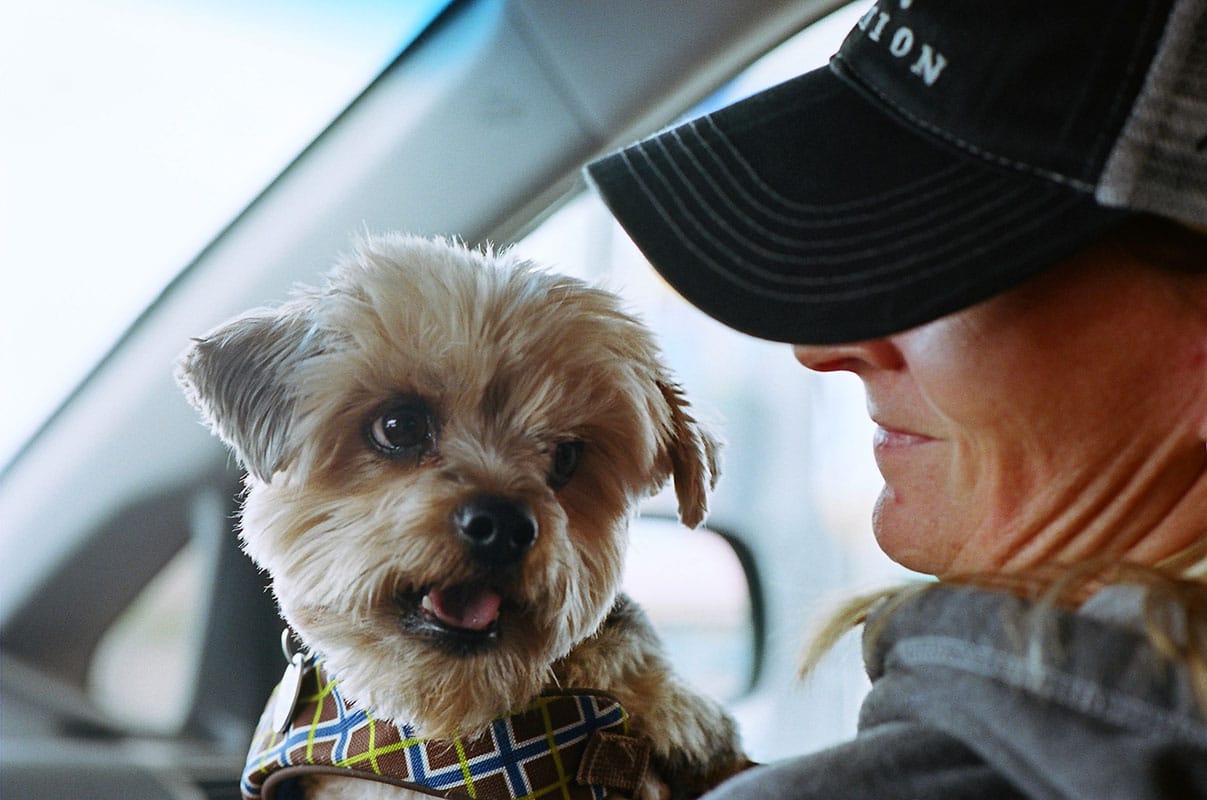
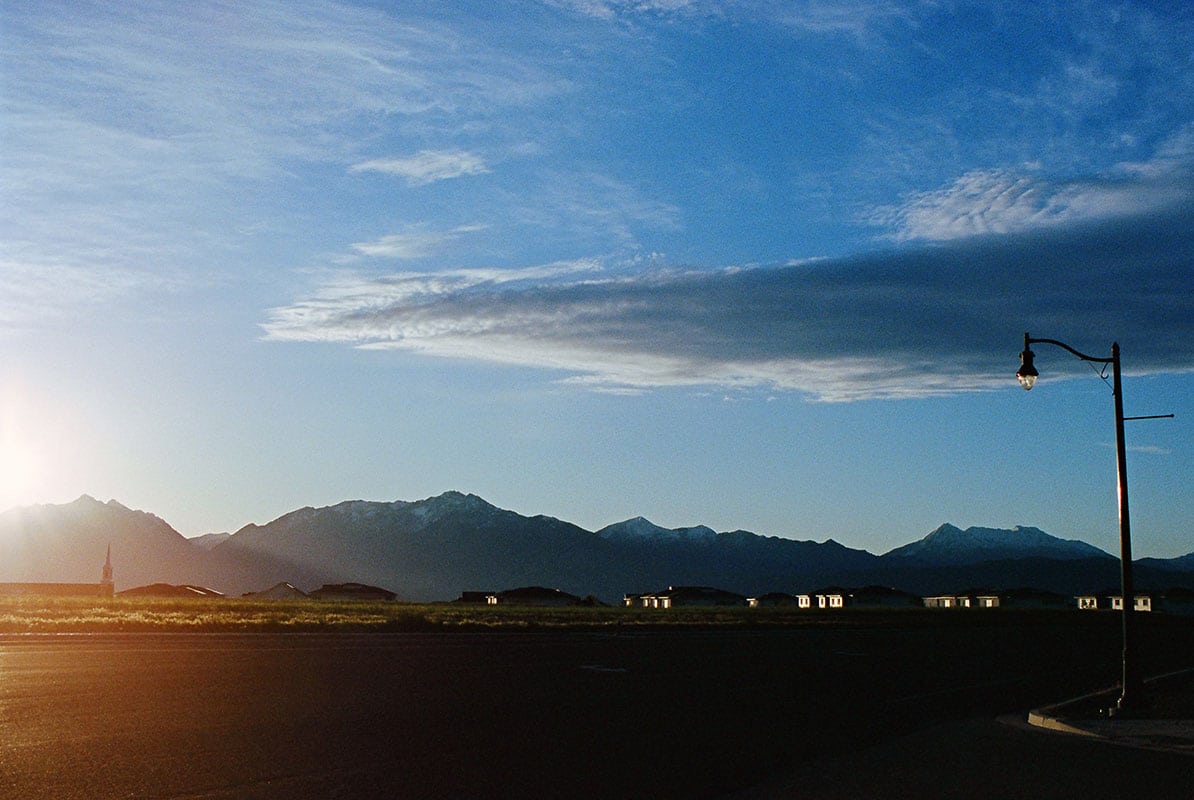
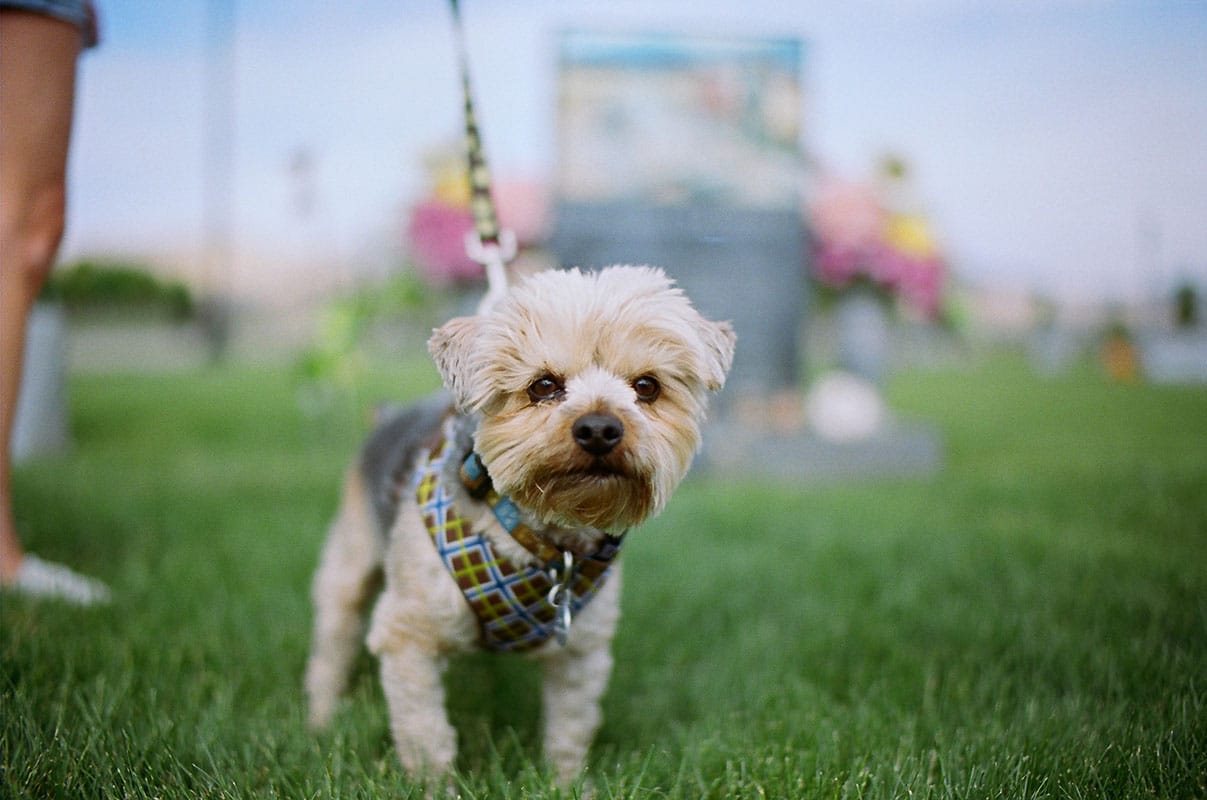
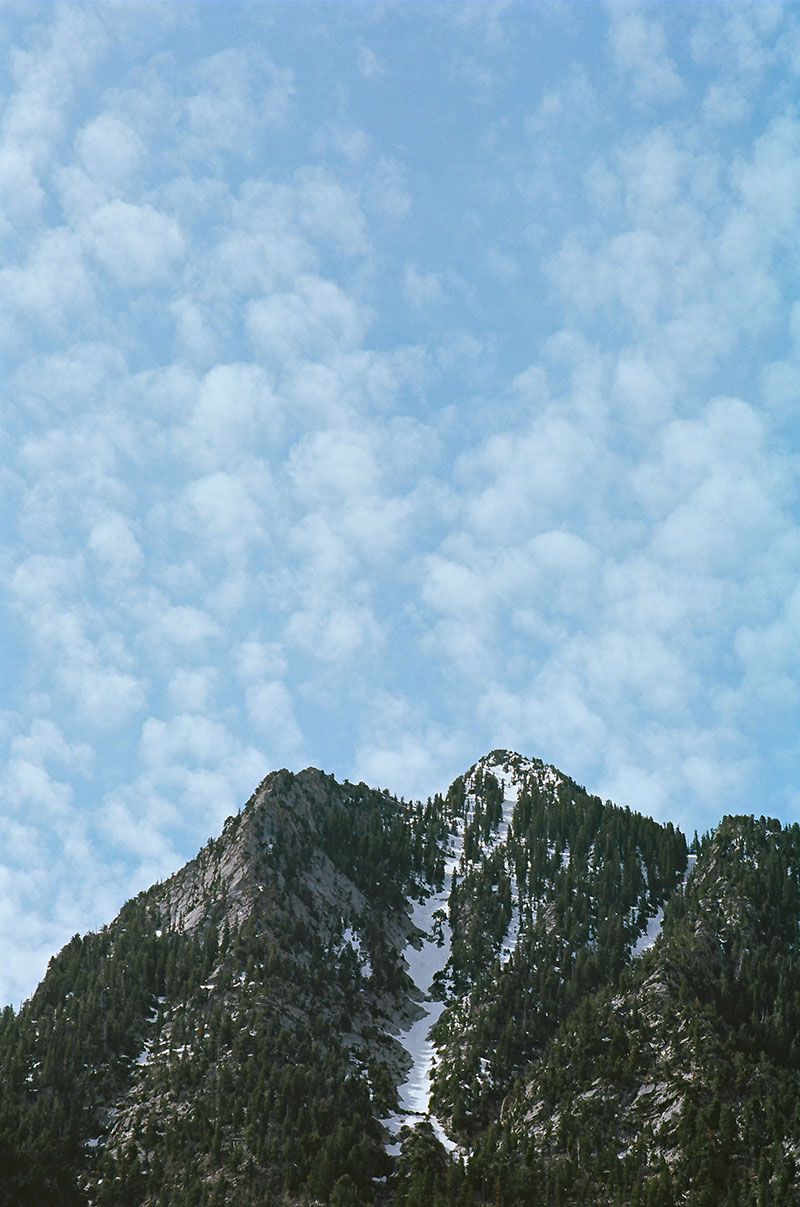
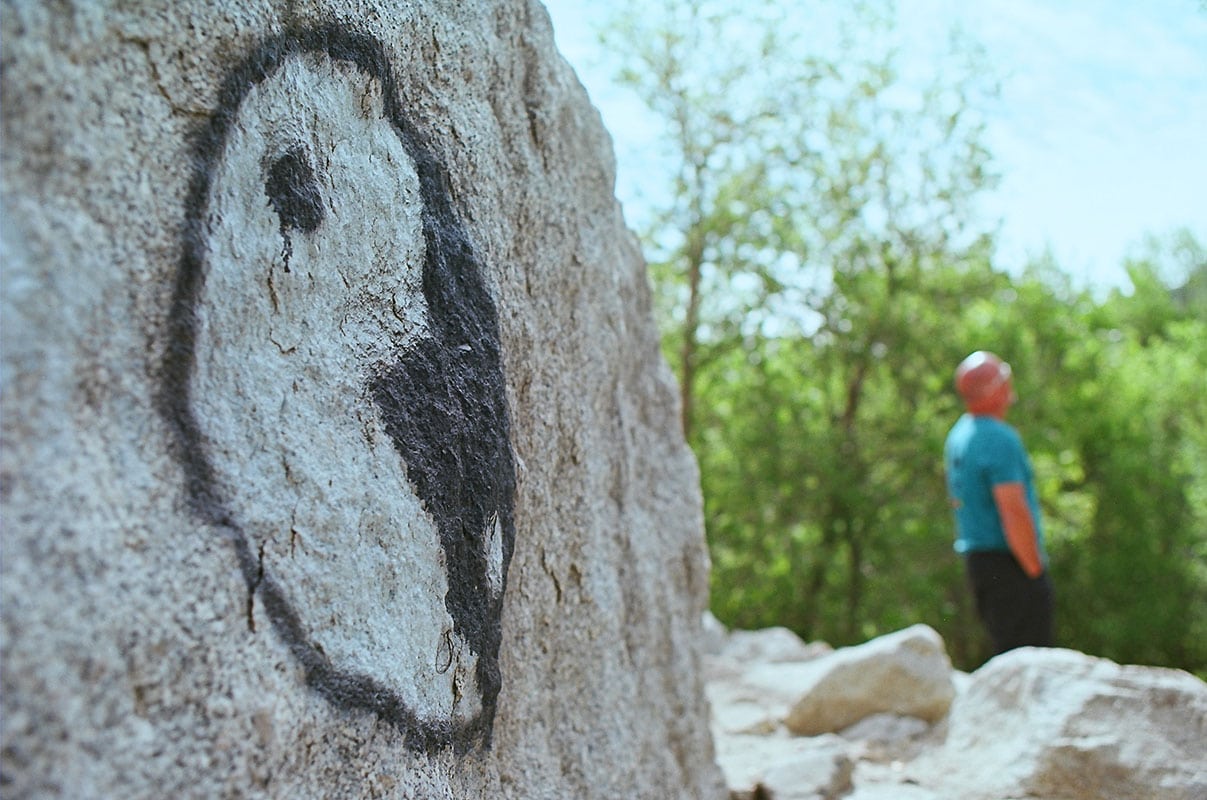
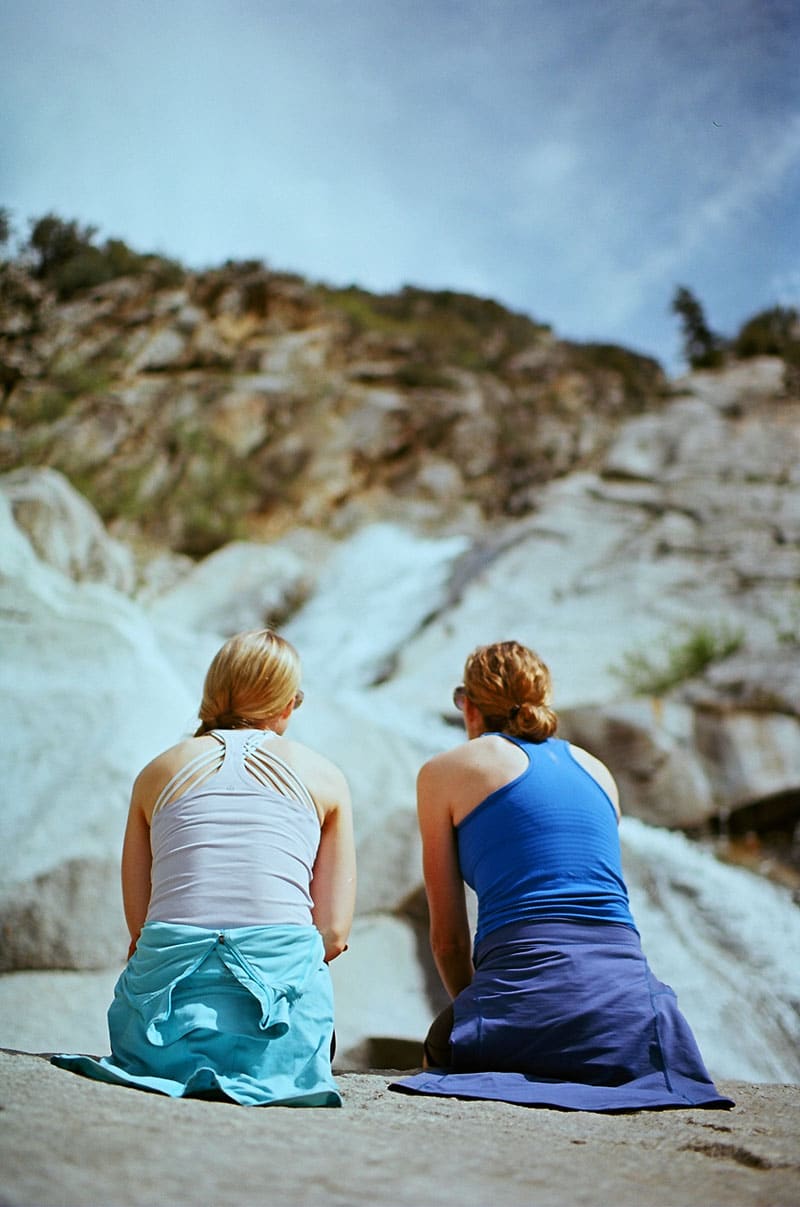
REVIEWING THE KERLEE
The Kerlee 35 mm prime lens has a metal build. It has only manual focus, offers a maximum aperture of F/1.2 with a circular 14-blade aperture, and is constructed with 11 optical elements in 10 groups. On Amazon’s website, the price for the Nikon F-mount Kerlee lens was $699 USD.
Closeups and sharpness comparisons of this lens have already been posted by other reviewers online, so the main concept for this review is to see how the lens handles medium distance photography. Why? It’s maker, DZOptics, reports that the lens performs best for subject matter between one and five meters away; it is not optimized for close focusing or distant landscapes.
Photographs were made at apertures ranging from F/1.2 to F/8 on Portra film set to ASA 400. The rolls were processed and scanned to 18 megabyte files by Chris at Speedway Custom Photo Lab in Daytona Beach, Florida and at by Stephen at Coastal Film Lab in Tampa, Florida. Saving the files for web display no edits were done other than downsizing to reduce all images to file sizes smaller than one megabyte.

I mounted the Kerlee lens on a 20-year-old Nikon n90s F-mount film camera because it is rugged, and has a 1/8000 second shutter speed option which harmonizes well with fast aperture lenses. The Kerlee’s stainless steel base sports magnetic quality screws, all of which clicked and locked firmly to the Nikon F mount.
Of the images shown above, two are “far landscapes”, two are at a “middle distance” from the camera and four photos from close in. These varied distances, I believe, show how well the lens separates subjects from their backgrounds.
RESULTS IN DETAIL
This is an independent review and I have no connections to the Shenzhen Dongzheng Optical Company that makes the lens, nor any reimbursement from Amazon.
NOTES ON APERTURE in GENERAL
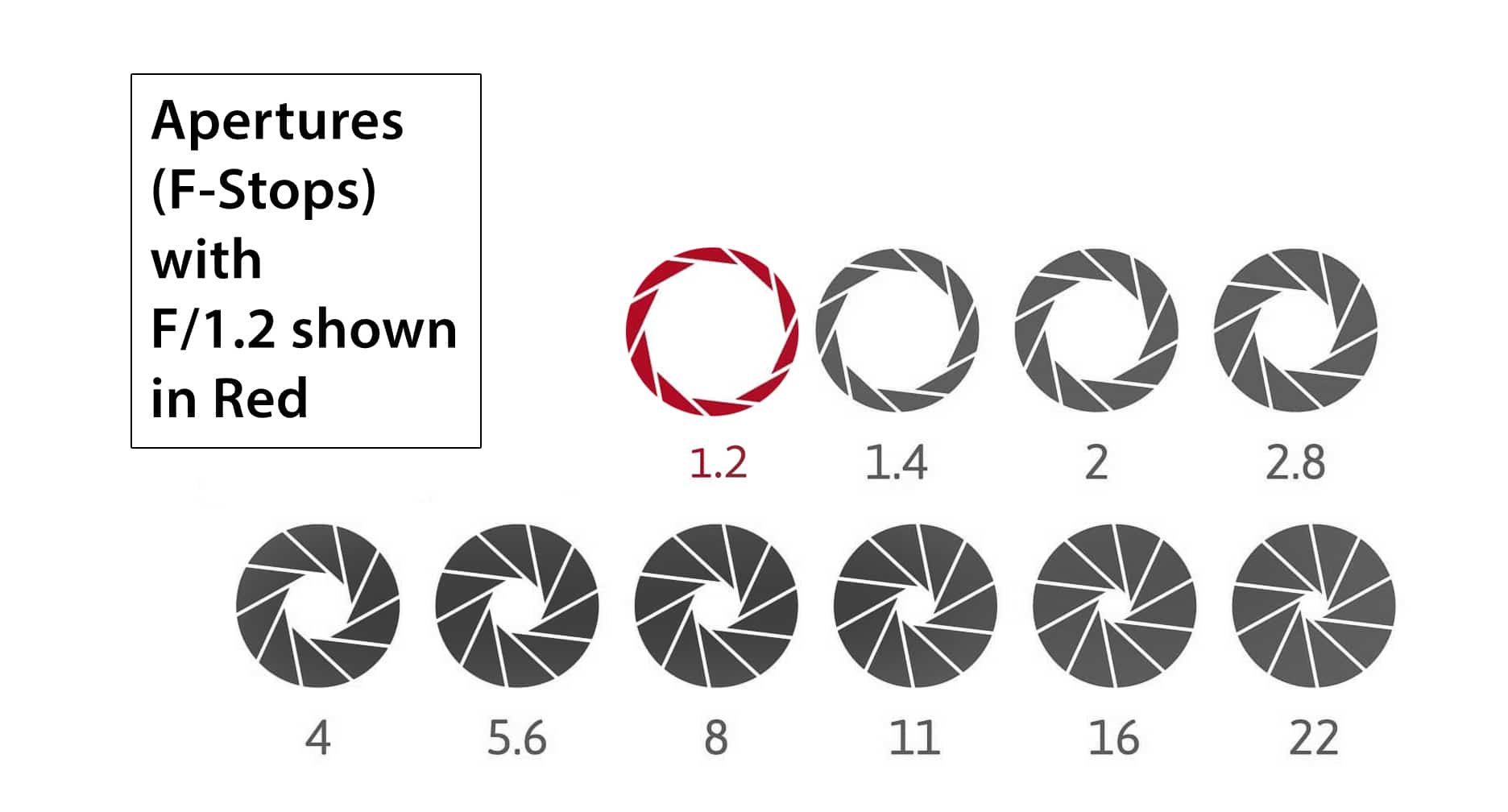
In a lens, in general, the area of the lens opening doubles with each full F-stop. Each step along the full F-Stop scale means a doubling of light reaching the film or sensor: F/1.8 lets in twice as much light as F/2.8.
THE KERLEE APERTURE RANGE
The aperture markings on the Kerlee are distinct. It’s F/1.2 aperture lets in a significant amount of light. Its larger aperture gives enhanced light transmission, which means faster shutter speeds and a lower ASA (ISO) are possible.
So, with the Kerlee lens mounted on a digital SLR (not shown here), I found that its F/1.2 aperture made low ISO’s of 16, 32 a joyful experience in bright lighting conditions. In face, the Kerlee optic is so bright, I found I was able to dial the ISO down to lower values to reduce the digital noise for digital capture. The advantage of producing low noise digital images is long exposure night photography.
FLARE
Other reviewers of the Kerlee 35 mm F/1.2 lens mentioned flare with early lens copies, so I deliberately made several exposures on film, placing the morning Spring sun at the left edge of the frame. I noted the sun’s brightness intruding into the frame, as expected, but there was no bothersome flare on any of the exposures. Shooting into the sun produced significant flare on film. There was noticeable chromatic aberration (CA), purple fringes at the edges. If you do not want to correct this in post, you may want to think about a different optic that fully corrects for CA.
BOKEH
For middle distances, the separation between main subject and background was pleasing. For instance, a portrait of two women shows good separation between them and the canyon granite wall behind them. The bokeh of the Kerlee 35mm lens was smooth and pleasing, especially from F/1.4 to F/4 with soft, good quality out of focus areas behind the people or dogs in the photographs. This lens has a “dreamy” emotional feel, rather than a sharp crisp feeling in its scenes.
SHARPNESS
Sharpness is very good at most apertures except F/1.2. For the cost of the Kerlee lens compared with the top 35 mm lenses made that are considerably more expensive, the Kerlee is worth considering if you enjoy bokeh and middle distance compositions and are not willing to spend in the thousands. In its price range, the lens has a good quality to price ratio. For corner to corner sharpness in the frame, to be absolutely clear, better options exist with other brands, but for F-stops smaller than 1.8, the Kerlee sharpness is good to very good.
FOCUSING
Manual focusing was smooth but not fast.The focusing ring has excellent build quality. Accurate focus for some scenes took a lot of practice, as I tended to focus a little too deep into the film plane at first.
After exposing several rolls. I learned that focusing could be made easier by changing focusing screens, so I tried a Nikon FE film camera with a split/matte focusing screen inside the camera. This focusing screen made seeing the focus plane much easier.
For digital capture, the Live View on the back LCD of my Nikon D810 was also helpful to get precise focus. For those of you with a digital SLR, it is important to know that if you have only used AF, manually focusing the Kerlee will take practice and a lot more time than using an auto focusing lens. While, the Kerlee lens shade is solid metal, on my lens it failed to lock securely in place and I ended up taping it on with black electrical tape. The lens shade definitely could use improvement.
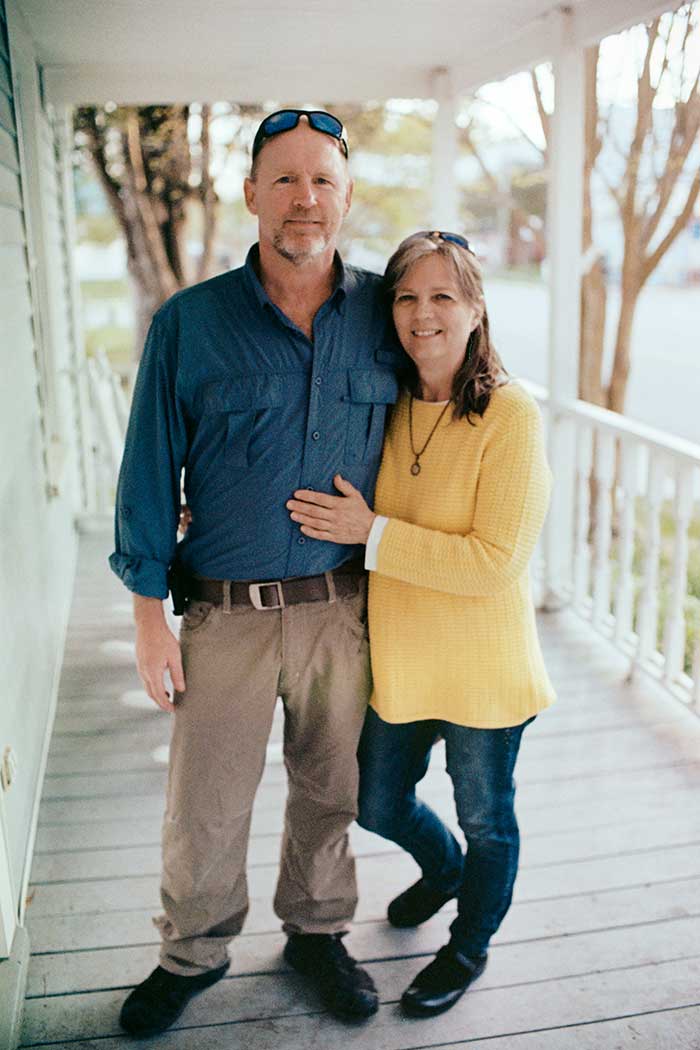
FINAL THOUGHTS: The Kerlee 35 mm was designed for portraits and at its fixed focal length of 35 mm, it works well for medium distance environmental portraits. For photography where sharpness across the frame is vital, this lens is not the first lens to pick for making enlargements. Flare is an issue when making images directly into bright sunlight. With its sturdy build quality, decent sharpness, excellent Bokeh and a bright F/1.2 aperture, I believe its design features make the Kerlee 35mm a good value when you can make effort, and devote your time, to composition.



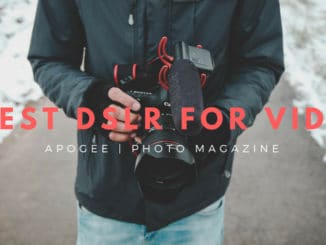
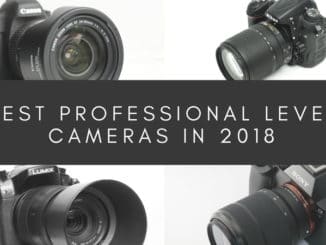
Leave a Reply